The Trip goes on after an unexpected summer detour. This episode we celebrate the underdog blockbuster of the season, Mad Max: Fury Road, with a medieval story of vehicular deception during the Second Baron’s War.
This episode’s texts:
- The Melrose Chronicle. In The Church Historians of England. Vol. IV, Part I. Ed. and trans. Joseph Stevenson. London: Seeley’s, 1856. [Available at Google Books.]
- “Sitteth alle stille ant herkneth to me [or, A Song of Lewes]” at TEAMS Middle English Text Series.
References:
Image: BL Add MS 42130 (The Luttrell Psalter) f. 162r
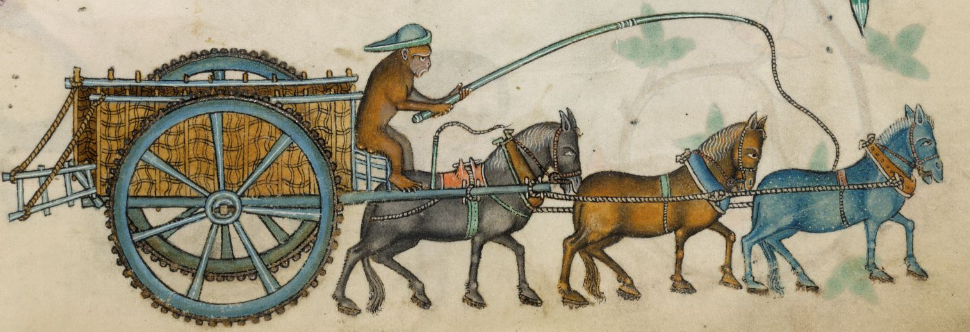
We’re back from our unplanned end-of-term hiatus. In this episode of Medieval Death Trip, we hear the Warenne Chronicle‘s account of how as King of England, William Rufus dealt with rebels and how his own death was foretold in signs and visions.
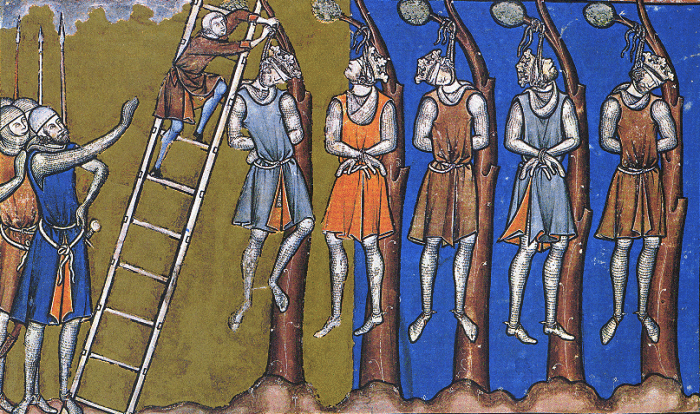
This episode’s texts:
- The Warenne (Hyde) Chronicle. Ed. and trans. Elisabeth M.C. van Houts and Rosalind C. Love. Oxford: Clarendon, 2013.
References:
- Barlow, Frank. William Rufus. Yale English Monarchs. New Haven: Yale UP, 2000. First published by Methuen London, Ltd. in 1983.
- Eadmer. Eadmer’s History of Recent Events in England. [Historia Novorum in Anglia.] Trans. Geoffrey Bosanquet. Philadelphia: Dufour, 1965.
Image: Detail from the Morgan Bible (Pierpont Morgan Library, Ms M. 638)
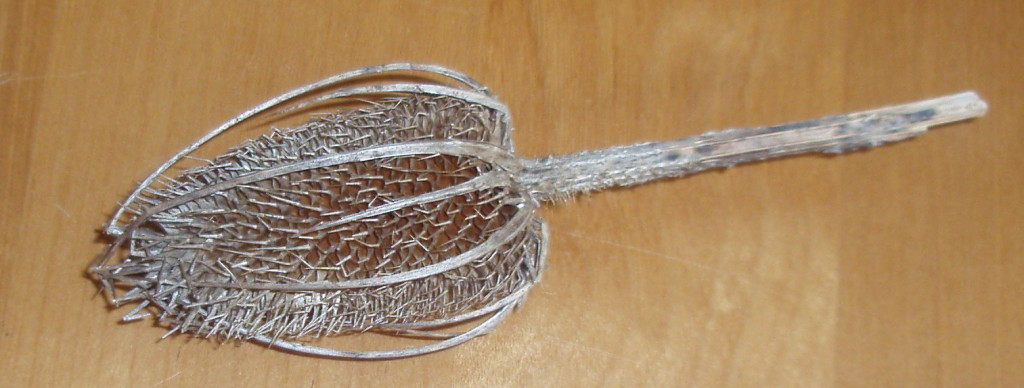
[Editor’s note: Apologies for the late episode — recording was completed a bit overschedule last week (and has last week’s date), but editing ended up taking even longer. Your patience is appreciated!]
In this episode we finally cut to the core of the story Thomas of Monmouth tells about the murder of William of Norwich. While Thomas thinks he’s telling the story of how William was murdered by Jewish citizens of Norwich, his actual text reveals quite plainly how mass hysteria and xenophobia drove such accusations.
This episode’s text:
- The Life and Miracles of St. William of Norwich, written by Thomas of Monmouth and translated by Augustus Jessopp and M.R. James. London: Cambridge: Cambridge UP, 1896. [Available on Google Books.]
References:
- Bennet, Gillian. “Towards a Revaluation of the Legend of ‘Saint’ William of Norwich and its Place in the Blood Libel Legend.” Folklore 116.2 (Aug. 2005): 119-139.
- Cohen, Jeffery Jerome. “The Flow of Blood in Medieval Norwich.” Speculum 79.1 (Jan. 2004): 26-65.
- Langmuir, Gavin I. “Thomas of Monmouth: Detector of Ritual Murder.” Speculum 59.4 (Oct. 1984): 820-846.
- McCulloh, John M. “Jewish Ritual Murder: William of Norwich, Thomas of Monmouth, and the Early Dissemination of the Myth.” Speculum 72.3 (July 1997): 698-740.
Images:

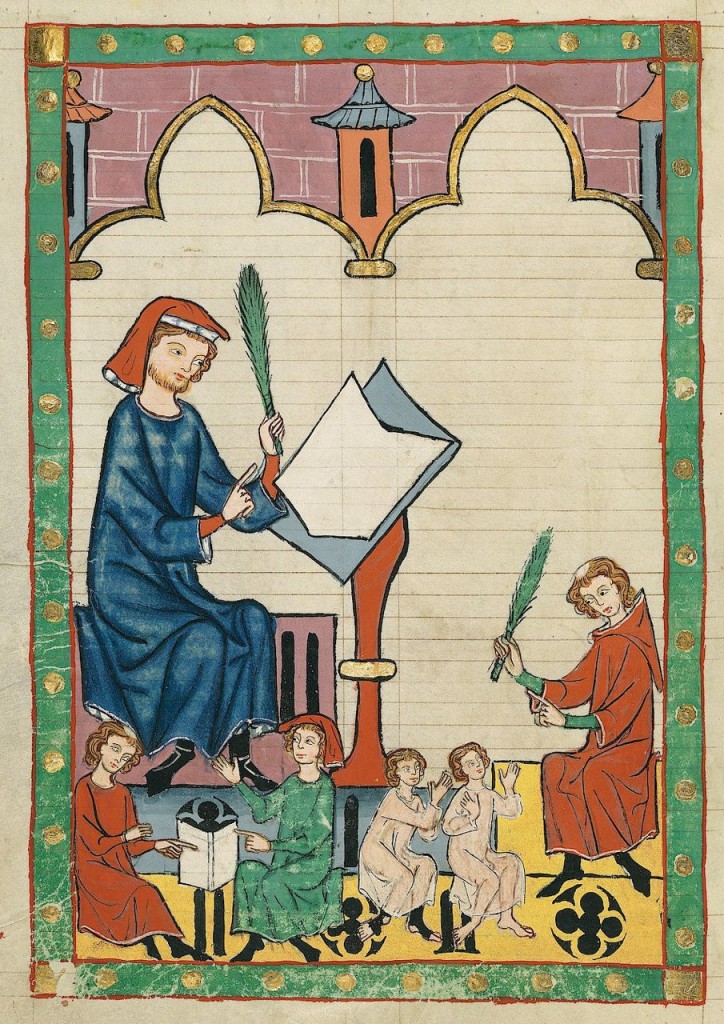 In this episode we continue with Eberhard the German’s Laborintus and learn how a teacher acquires the knowledge of grammar, along with getting some practical advice about inspiring medieval schoolchildren.
In this episode we continue with Eberhard the German’s Laborintus and learn how a teacher acquires the knowledge of grammar, along with getting some practical advice about inspiring medieval schoolchildren.
This episode’s texts:
- Eberhard the German. “The Laborintus of Eberhard: Rendered into English with Introduction and Notes.” Trans. Evelyn Carson. Diss. Cornell University, 1930.
- Nelson, William, ed. A Fifteenth Century Schoolbook. Oxford: Clarendon Press, 1956.
References:
- Orme, Nicholas. Medieval Schools: From Roman Britain to Renaissance England. New Haven: Yale UP, 2006.
- Parsons, Ben. “Whipping Boys: Attitudes Towards Beating in Medieval Pedagogy.” Education Journal 191 (24 Feb. 2014): 10.
- Thomas Aquinas. Commentary on Aristotle’s Metaphysics. Vol. 1. Trans. John P. Rowan. Chicago: Henry Regnery Company, 1961.
Image: Schoolmaster of Esslingen in Heidelberg, Universitätsbibliothek, Cod. Pal. germ. 848, fol. 292v, (first half 14th century) [via Erik Kwakkel]
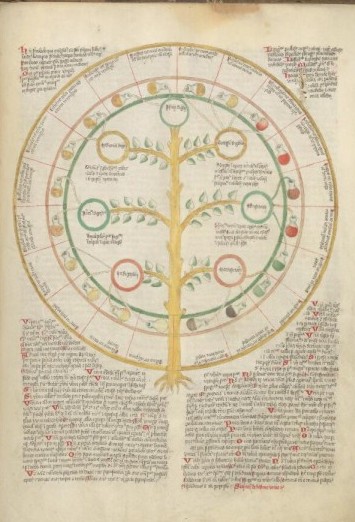 Better late than never, it’s Episode 9, wherein we hear Eberhard the German’s description of his own doomed conception, after a fashion, by which he introduces his handbook of Latin composition, the Laborintus.
Better late than never, it’s Episode 9, wherein we hear Eberhard the German’s description of his own doomed conception, after a fashion, by which he introduces his handbook of Latin composition, the Laborintus.
This episode’s text:
- Eberhard the German. “The Laborintus of Eberhard: Rendered into English with Introduction and Notes.” Trans. Evelyn Carson. Diss. Cornell University, 1930. Print.
Image: Wellcome Library, MS 49, fol. 42r. “Uroscopy Chart.”
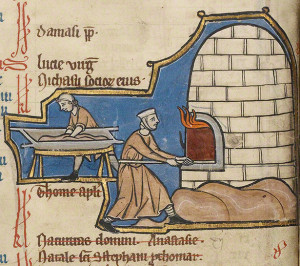 Episode 9 of Medieval Death Trip is currently still baking — it’s still a bit gooey in the middle, but it will be out of the oven and on your podcast player very soon!
Episode 9 of Medieval Death Trip is currently still baking — it’s still a bit gooey in the middle, but it will be out of the oven and on your podcast player very soon!
Image: J. Paul Getty Library MS 14, fol. 8v.










Recent Comments